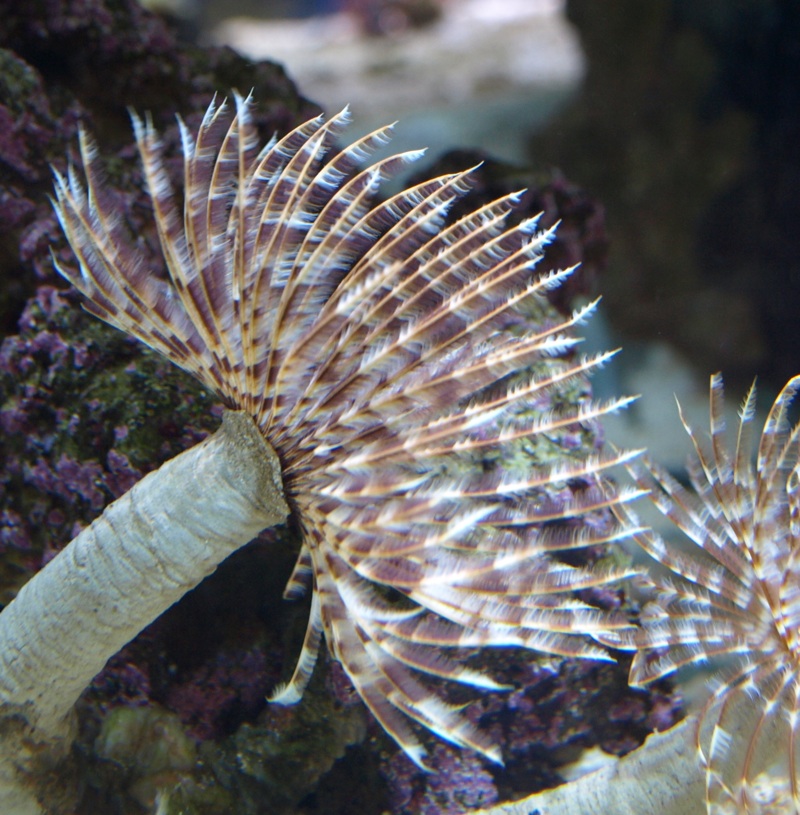

This paper briefly reviews the development of TEOS-10, its novel axiomatic properties, the new oceanographic tools it offers and the important tasks that still await solutions by ongoing research. TEOS-10 was recommended internationally in 2009 by the Intergovernmental Oceanographic Commission (IOC) to replace the previous 1980 seawater standard, EOS-80, and in 2011 by the International Union of Geodesy and Geophysics (IUGG) as the official description for the properties of seawater, of ice and of humid air. The new Thermodynamic Equation of Seawater – 2010 (TEOS-10) constitutes such a standard for properties of water in its various manifestations in the hydrological cycle. For proper balances of climatic energy and entropy fluxes in models and observations, a highly accurate, consistent and comprehensive thermodynamic standard framework is requisite in geophysics and climate research.

In the terrestrial climate system, water is a key player in the form of its different ambient phases of ice, liquid and vapour, admixed with sea salt in the ocean and with dry air in the atmosphere. Practical formulae have been proposed and will apply equally to measurement at the highest levels of volume determinations through to industrial and scientific volume and flow measurement applications using water across a temperature range 0 ☌-90 ☌ and salinity 0 to 120 g kg⁻¹. The aim of the paper is to provide a set of practical formulae which can be used to reduce differences in measurement, ensure low uncertainties for measurement, and provide a reference source to identify un-attributed formulae where they occur. Formulae to express the properties of saline water have therefore also been identified. As initially the referenced formulae are all for pure water, the paper recognises that impure water, from potable drinking water through to brine may be used. In this paper, some of the most commonly referenced expressions have been summarised and compared. It has also been evident that some formulae are being specified and used outside their range of applicability. The difference in formulae does not generally give rise to significant differences in density however even small inconsistencies may cause problems for trade when differences in the value of a product occur. This is particularly noticeable for formulae for the density of water where different formulae have been taken into International Standards from ISO, OIML, API and the EI. In the scientific literature, different formulae are proposed to express these properties of water. Knowledge of the density of water is required along with other properties such as compressibility, viscosity and speed of sound. This is why seawater at Antarctica is very salty.When employing gravimetric or volumetric methods for calibrating volumetric measures, proving tanks, pipe provers and flowmeters, water is often used as the calibration medium. The salt that is rejected forms brine beneath the ice and becomes more and more salty until it becomes so dense that it sinks, displaces less dense seawater that moves to the surface.

For every sodium ion you will find one chlorine ion (1:1 ratio).

Salt is made up of many sodium and chlorine ions stacked together in a lattice.


 0 kommentar(er)
0 kommentar(er)
